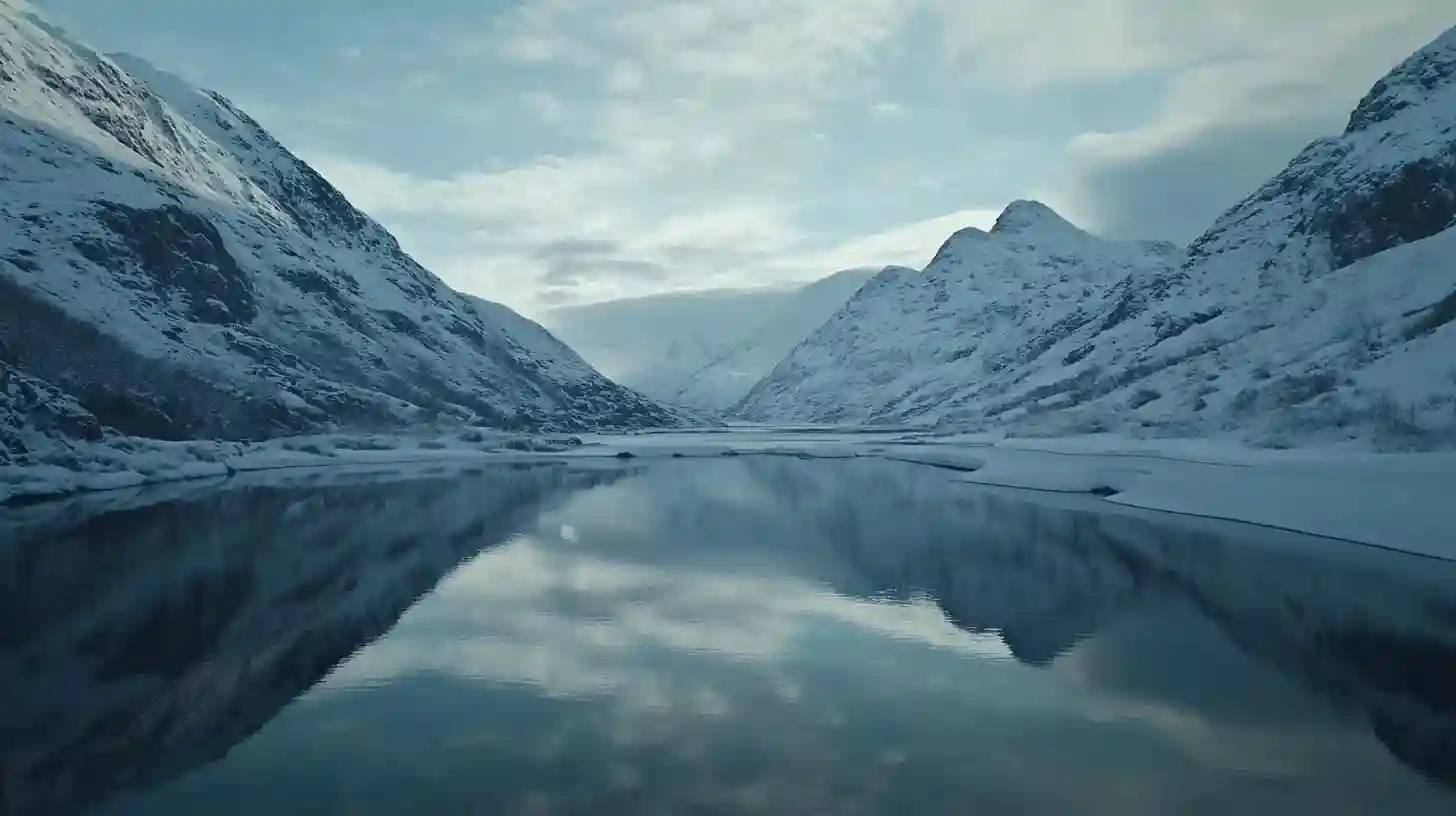
Scotland's rich linguistic heritage presents an intriguing study of the ways that culture and environment shape language. One fascinating aspect of this linguistic landscape is the multitude of words that the Scots have for snow. It is a phenomenon that encapsulates how a community interacts with its natural surroundings and reflects its values, experiences, and traditions. In a country that often experiences diverse conditions of precipitation and climate, it is not surprising that snow warrants an impressive vocabulary.
The different terms found within the Scottish dialect serve to articulate various forms and behaviors of snow. The sheer number of these words suggests an intimate connection between the people and the weather patterns that characterize their environment. Historically, snow has influenced not just day-to-day life but also the agricultural practices, folklore, and cultural narratives of Scotland. This relationship is particularly evident in the agricultural calendar, where the onset of winter can profoundly impact the rhythms of life and work.
One of the terms is "sneesl," which refers to a gentle, melting snow that falls with a more liquid form, suggesting an impending change in the weather. This word encapsulates not merely a meteorological event but also evokes a sense of uncertainty—the delicate balance between rain and snow, warmth and chill. The Scots have a way of describing the ephemeral beauty of snowfall in fine detail. Words like "flurry" have emerged. This term captures both the visual spectacle of multiple snowflakes falling and the playful chaos they bring. The Scots recognize that flurries can brighten the landscape, creating a mesmerizing scene, if only for a fleeting moment.
Another intriguing term is "frost," which not only describes the icy weather but also carries connotations of a specific time and atmosphere. In the context of Scottish winter, frost can create a crystalline layer on landscapes, transforming the familiar into the ethereal. Additionally, "powder" refers to a light, fluffy snow that can evoke feelings of joy and excitement. It is often associated with the beauty of winter and activities like skiing, reflecting how snowfall can invite play and adventure.
The lore surrounding snow in Scotland is rich, intertwined with tales of Scottish winter experiences. This fae quality of snow weaves itself into stories passed down through generations. With terms like “slush” that denote the melting snow, the language even encompasses the transition from the pristine to the muddied, indicating impermanence and weariness in terms of both climate and mood. The interplay of language with emotional frameworks showcases how deeply ingrained the winter narrative is in the Scottish psyche.
In some areas, words such as “blizzard” and “whiteout” resonate, often indicating severe weather conditions that pose challenges to daily life. These terms serve not only to categorize phenomena but also enhance the cautionary tales that bind communities together. Through shared experiences of harsh winters, language reinforces social connections and encourages solidarity.
Such diversity of vocabulary underscores a deeper understanding of geography, climate, and community interaction. In celebrating the numerous ways that Scots articulate their experiences with snow, one reflects on a broader human experience: the profound impact of environment on language, cultural identity, and community. Each snow-related term captures a nuance of life, weaving a tapestry that tells the story of Scotland’s distinct relationship with winter. The words chosen to express this bond reveal not just the artistry of language but also the resilience and adaptability of those who live in a land often graced by snow. As generations pass, this vocabulary echoes through the ages, preserving memories, values, and the essence of winter in Scotland.